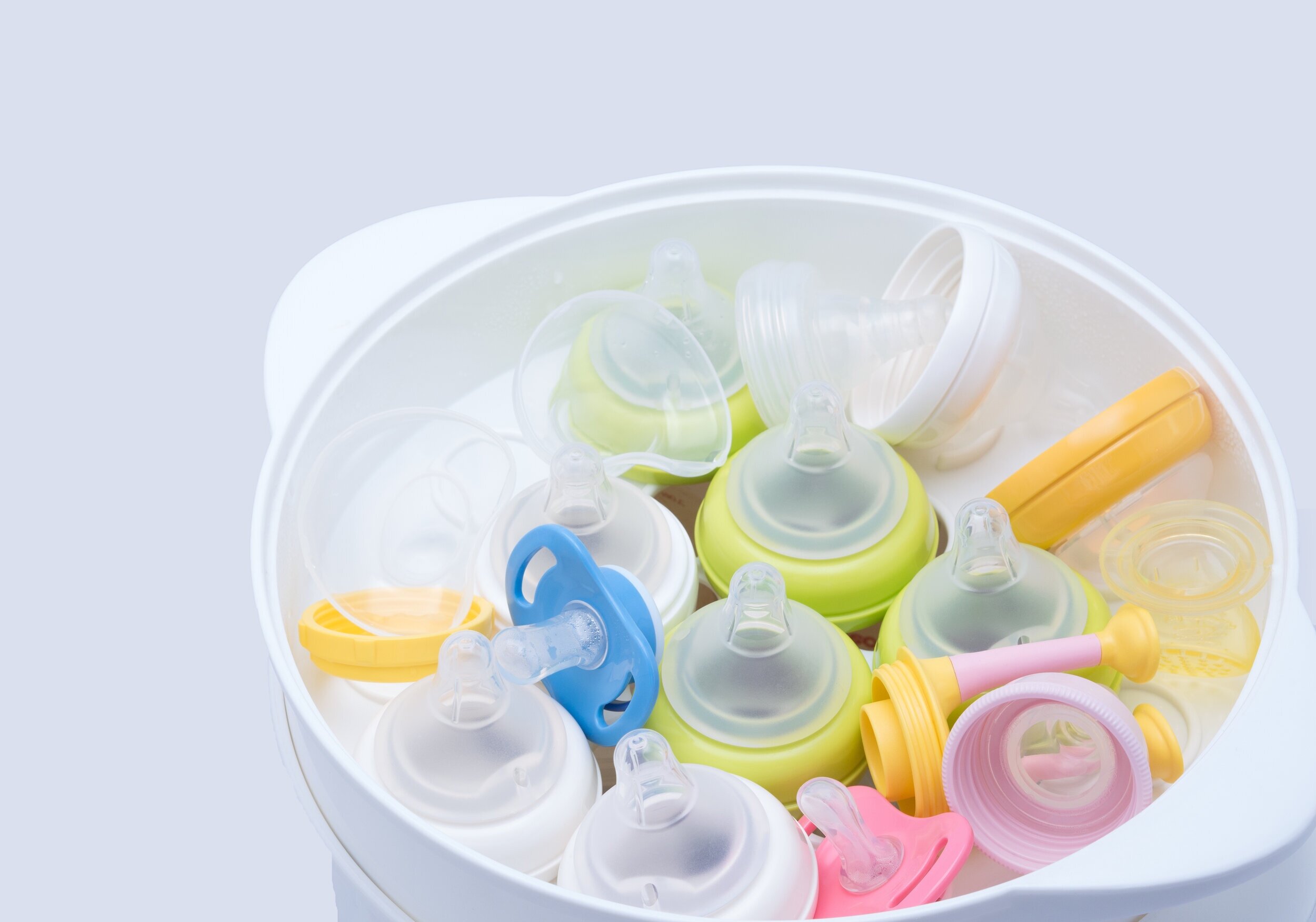
bottle feeding basics
Bottle feeding is a great way to snuggle up to your baby. Get comfortable, make sure your cuppa is within reach (although let’s face it, it’s going to get cold anyway!) and cradle your baby close.
Just like breastfeeding babies, bottle fed babies will often take minibreaks, alternating between periods of fast sucking and periods of rest. To give them a helping hand, a responsive feeding technique is recommended. Responsive feeding can also be really helpful when combination feeding, as infants who are not used to fast flow from a breast may struggle with a faster flow from a bottle.
The main thing with any feeding, bottle feeding included, is to take your cues from your baby. Look for common hunger signs that signal they are ready for dinner!
Bottle feeding basics
Position
Sit baby slightly upright - bum below belly - so that the milk isn’t flowing down a steep gradient into their wee throat.
You may want to alternate sides for feeding, to prevent side preference, to offer your baby alternative views and to save your poor elbows!
As with breastfeeding, you can get creative with positions for bottle feeding as long as everybody is comfortable.
Latch
If you gently brush baby’s cheek, it allows them to root for the teat.
Ensure the teat is in the correct position; some brands are shaped in a specific way.
To stimulate the suck reflex gently rub the teat on the roof of baby’s mouth or on their tongue.
Pace
Keep the bottle horizontal and allow the baby to control the flow of the milk.
When your baby naturally pauses, hold the bottle still so as not to stimulate the suck reflex and encourage sucking.
If baby is gulping their milk and you feel they could use a break, pull back on the bottle a little or angle it downward to reduce the pace.
When your baby is showing signs of slowing down, you can pull back or angle the bottle downward.
If baby releases the seal on the teat, remove the bottle for a few moments and then reoffer. It’s best not to break the seal too many times during a feed to avoid introducing air.
Clearing the plate
While it’s tempting to encourage your baby to finish their bottle, it’s better to let them decide when they are finished so as to avoid over feeding. Just like us, babies won’t eat the exact same amount at every feed or even every day. It’s normal to worry about whether your wee one is drinking enough or not, especially in the early days. We understand because we’ve been there, and have the spreadsheets full of feeding records to prove it!
When your baby is full they will likely turn away from the teat, clamp their mouth closed or even push the bottle away! These are clear signs that they are nice and satisfied and that dinner time is over for now.
